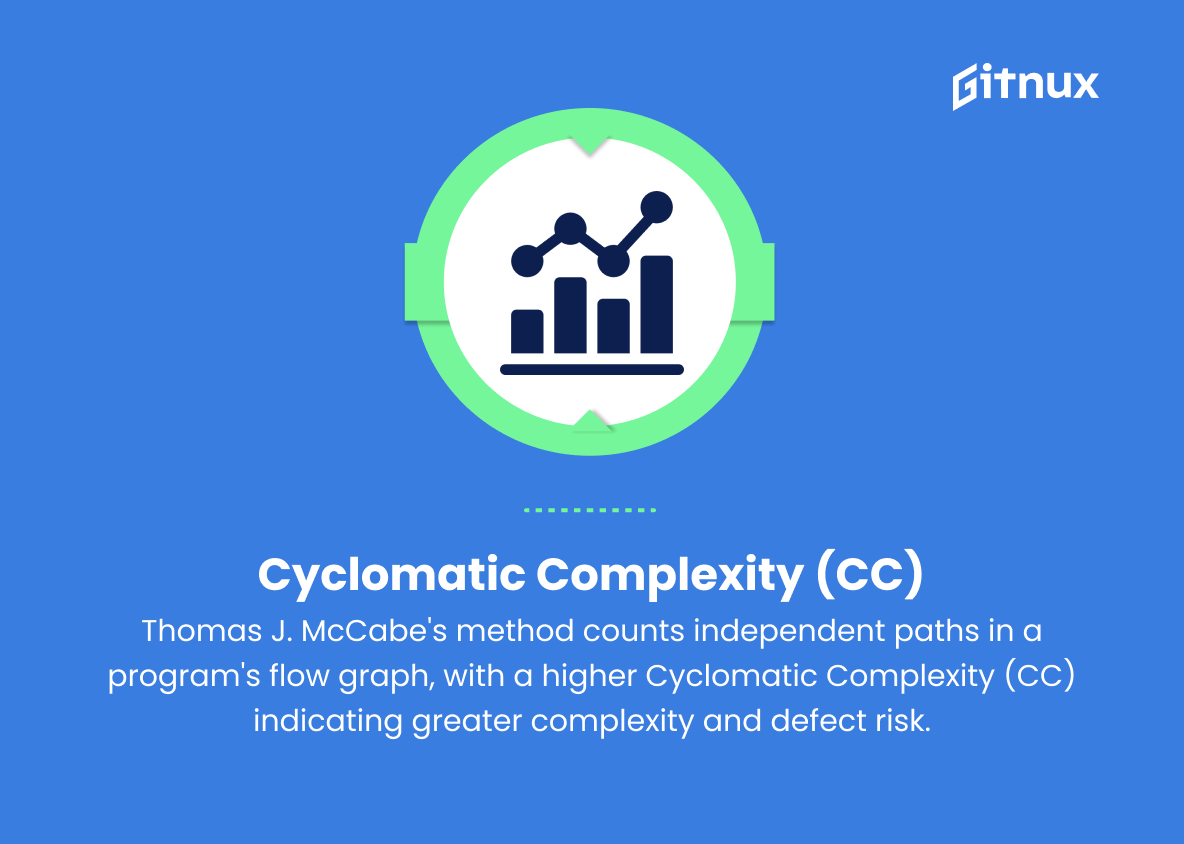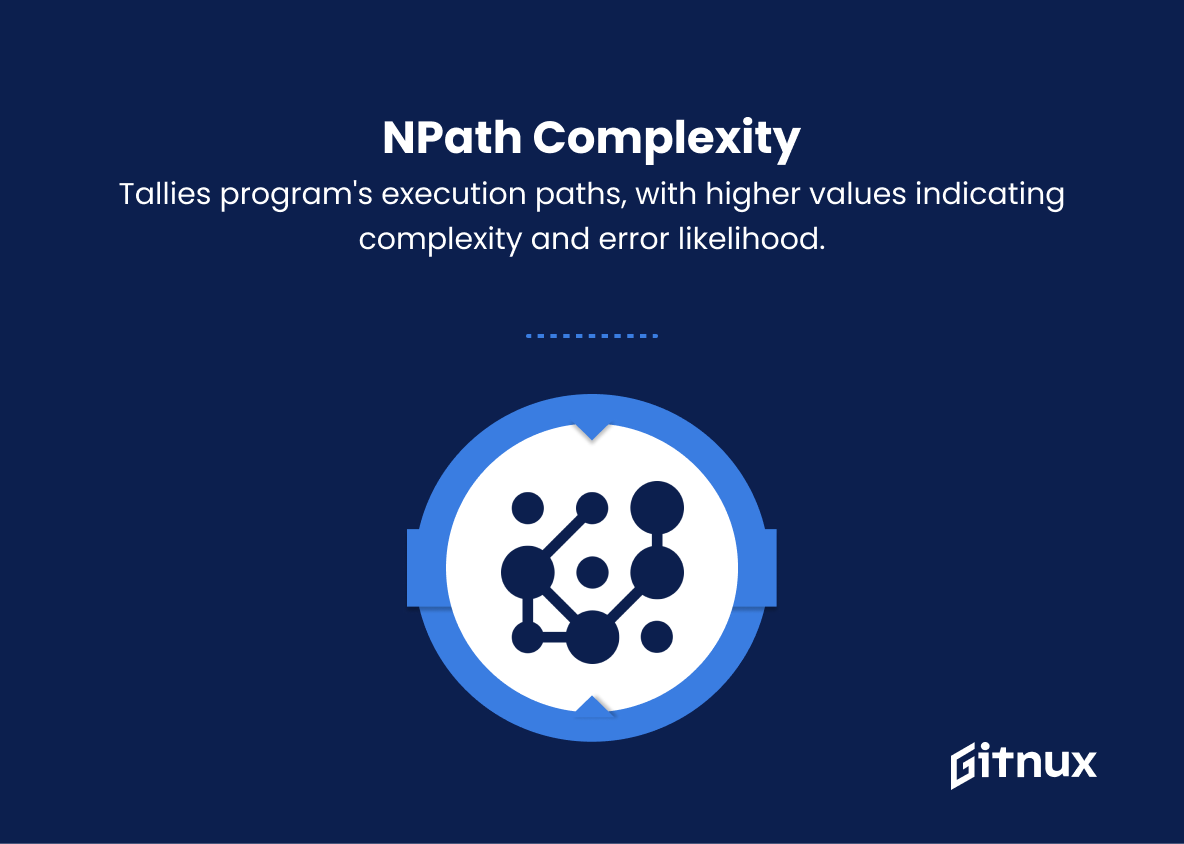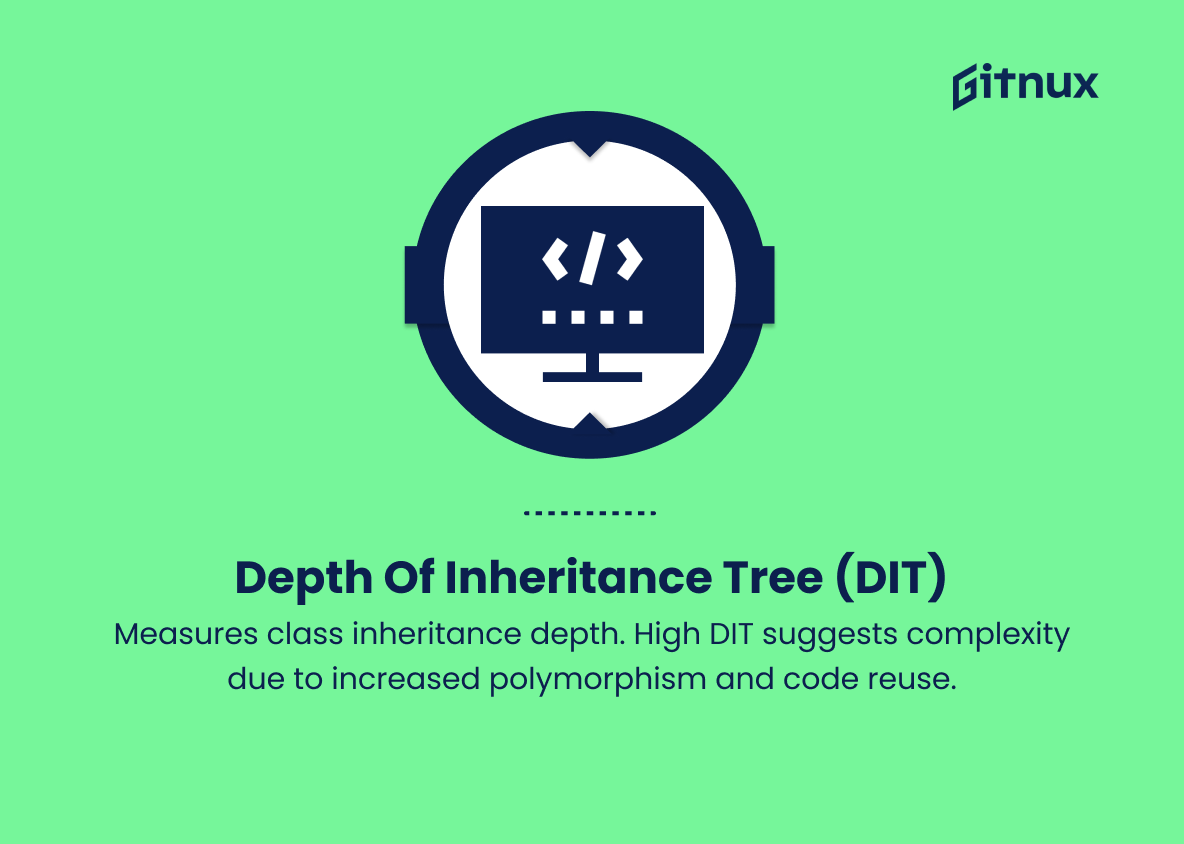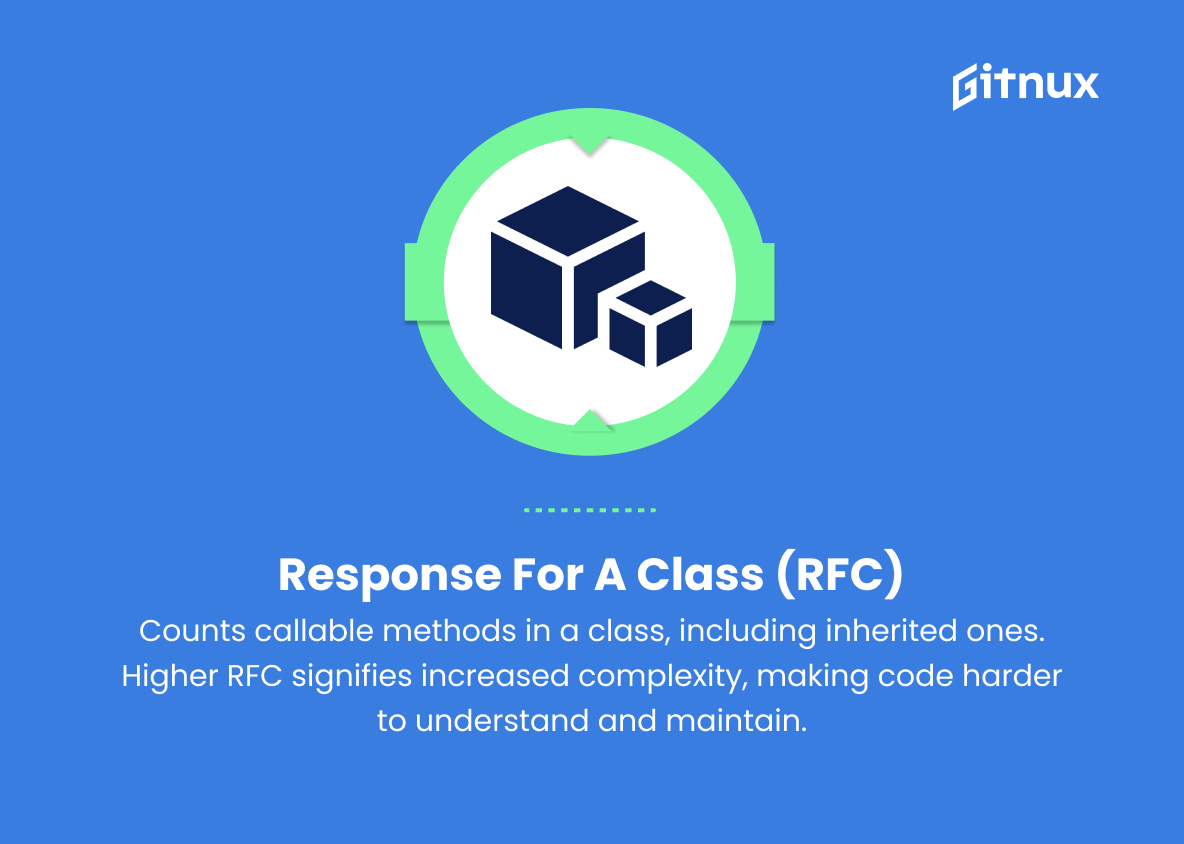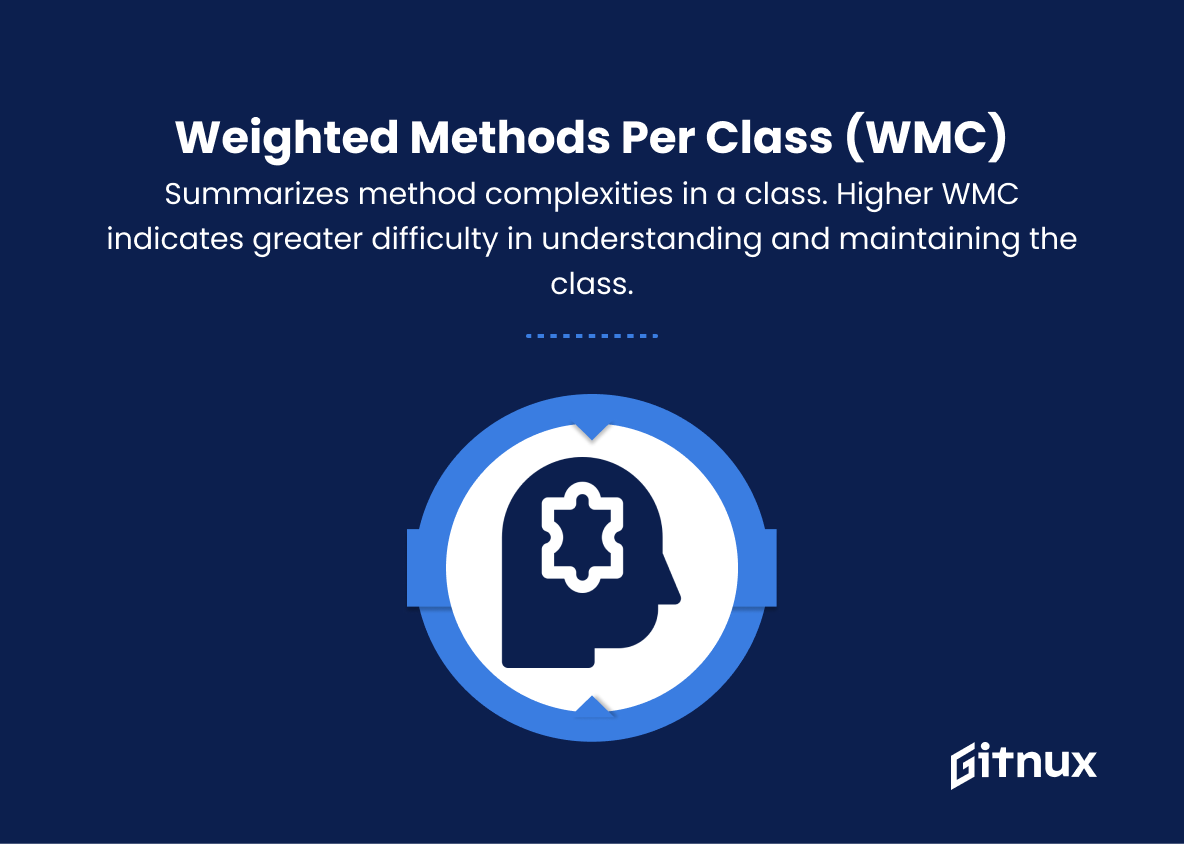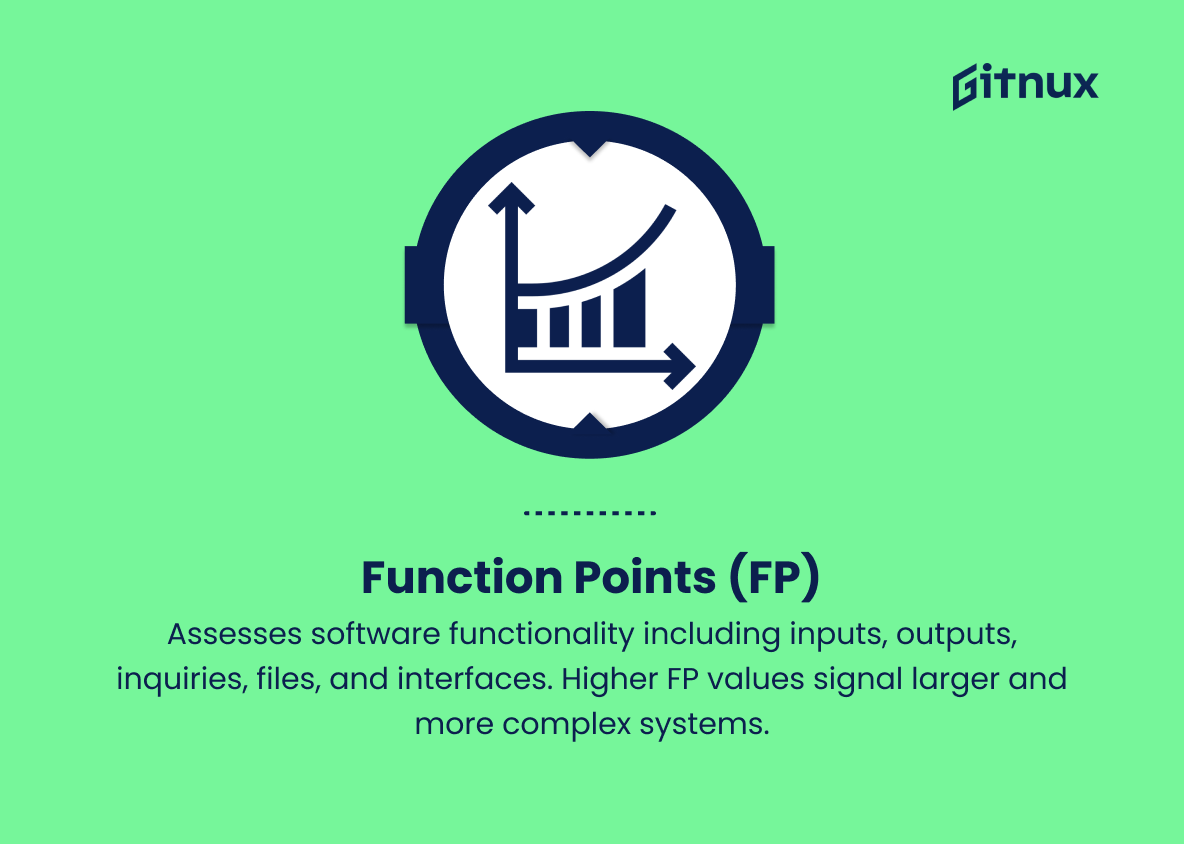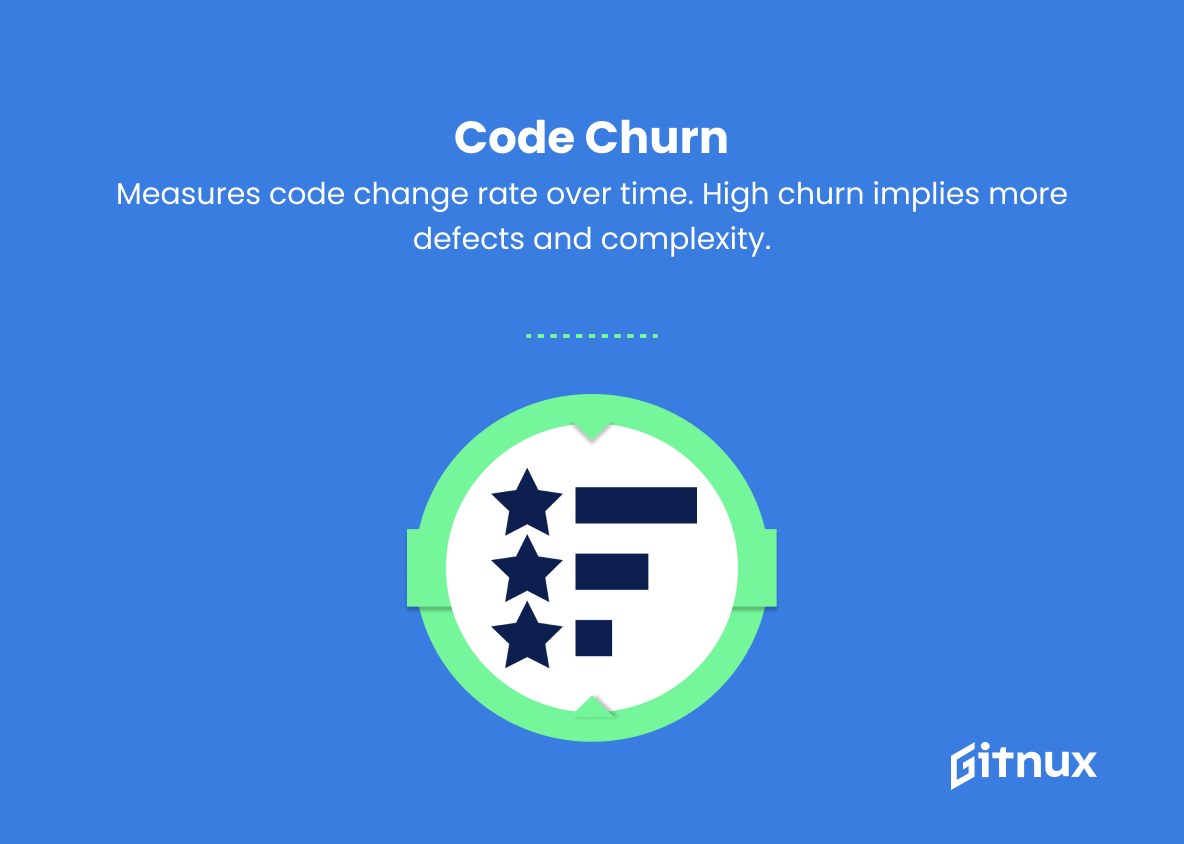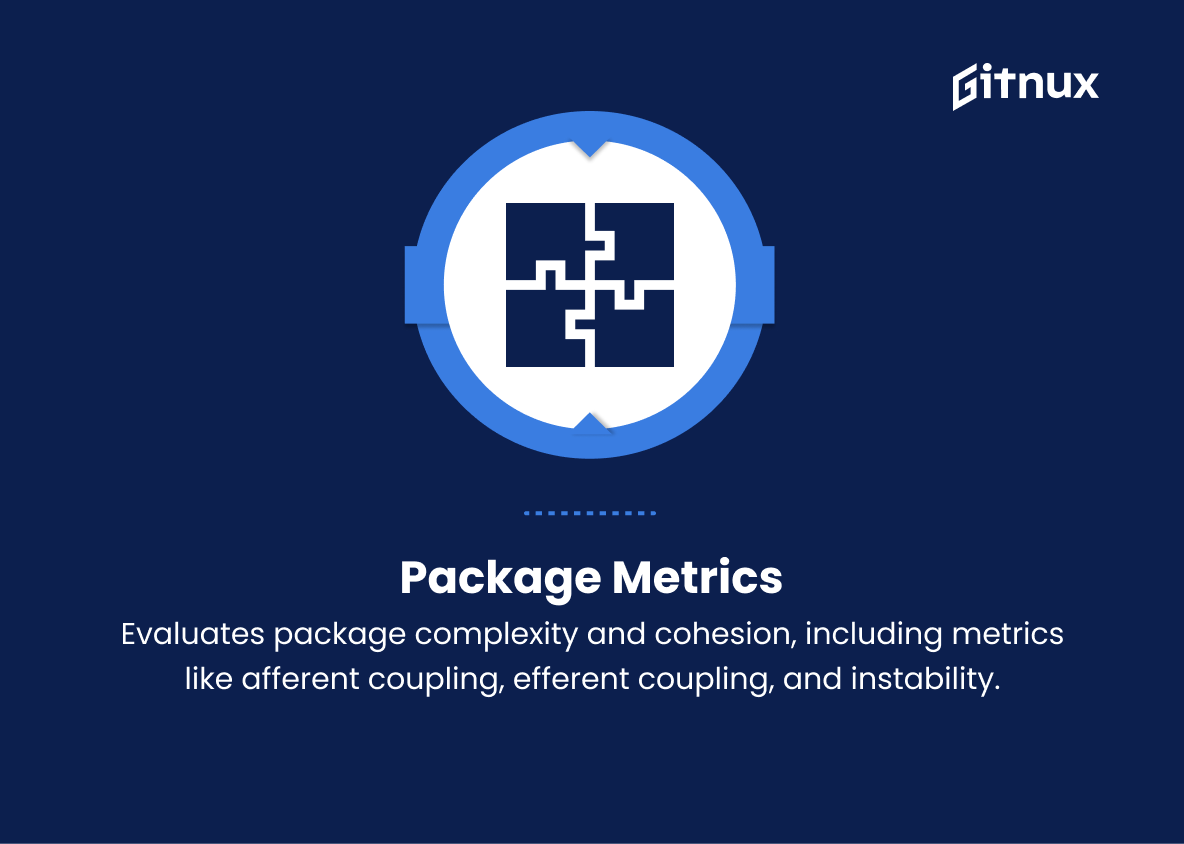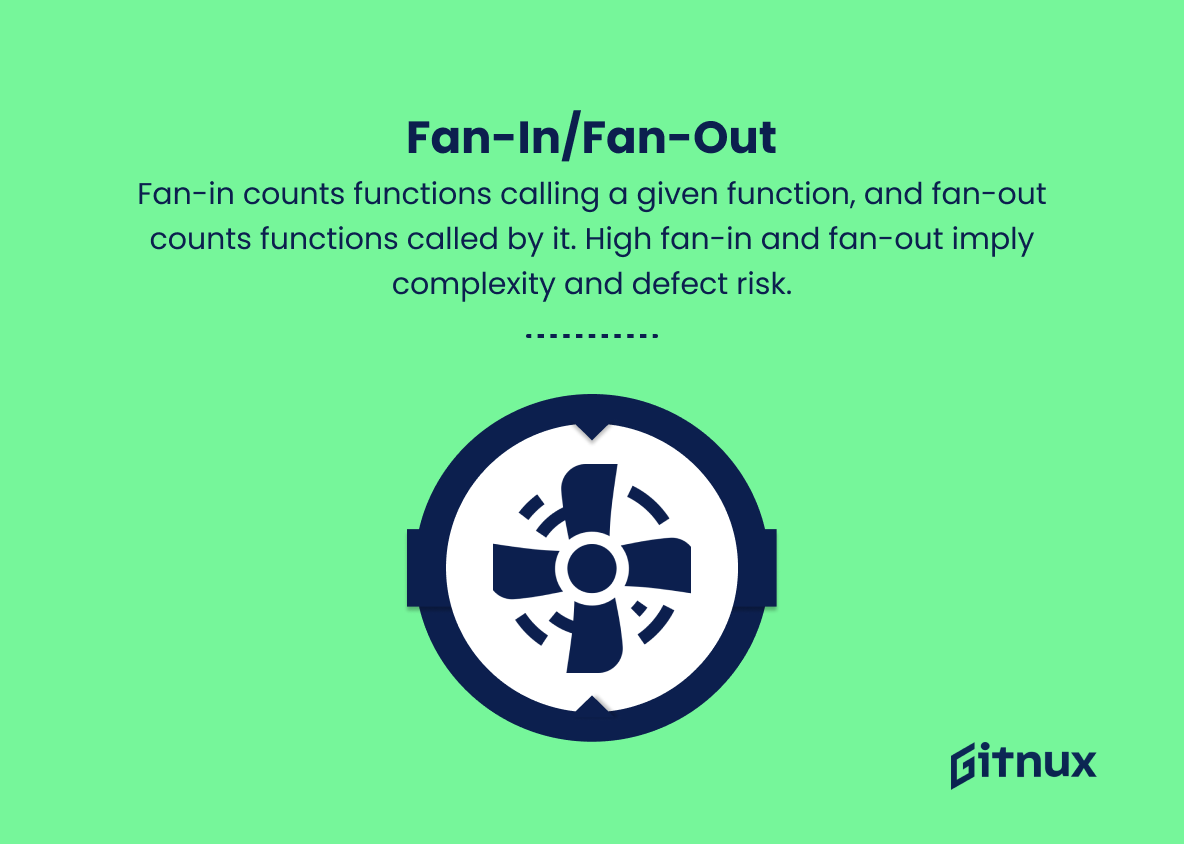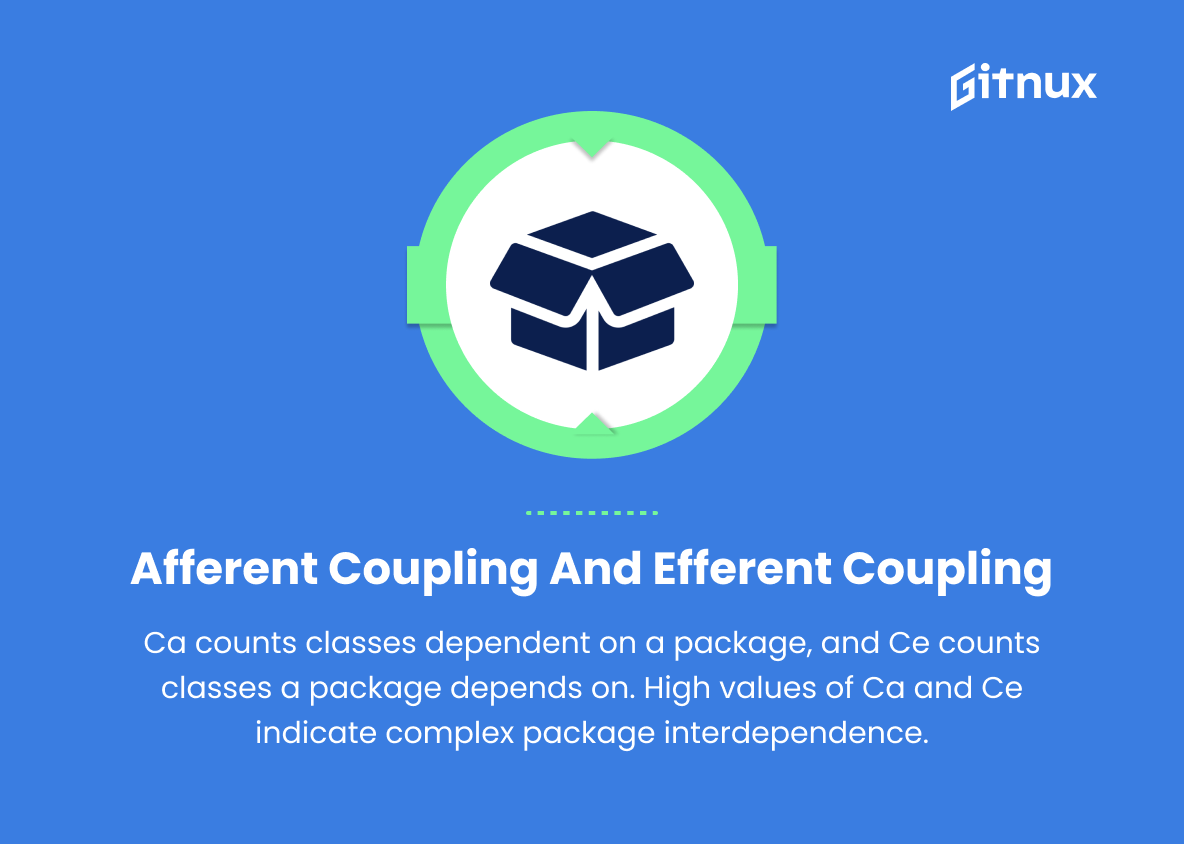In today’s technology-driven world, software has become an indispensable cornerstone of various industries and businesses. As developers and organizations continuously strive to create high-quality software, understanding and managing software complexity has become an essential aspect of the software development process.
Software complexity metrics are crucial tools that aid teams in evaluating the maintainability, efficiency, and level of optimization of their codebase. This blog post will delve into the nuances of software complexity metrics, exploring their significance, types, and methods to incorporate these metrics for improved software quality and project success.
Software Complexity Metrics You Should Know
1. Lines of Code (LOC)
Measures the size of a program by counting the number of executable lines. While simple, it does not account for programming language differences or code quality.
2. Halstead Complexity Measures
A set of metrics proposed by Maurice Halstead, focusing on the distinct operators and operands in a program. These metrics capture program complexity based on its volume, difficulty, and effort.
3. Cyclomatic Complexity (CC)
Developed by Thomas J. McCabe, it measures the number of linearly independent paths within a program’s control flow graph. Higher CC indicates high complexity and increased probability of defects.
4. NPath Complexity
Counts the number of possible execution paths through a program. Higher values imply more complicated code and increased likelihood of errors.
5. Depth of Inheritance Tree (DIT)
Measures how deep a class is in its inheritance hierarchy. High DIT can imply a more complex program due to increased polymorphism and code reuse.
6. Number of Children (NOC)
Counts the number of immediate subclasses a class has. High NOC indicates a higher risk of complexity in the inheritance hierarchy.
7. Coupling Between Objects (CBO)
Measures how two classes are interdependent. High CBO values suggest a higher level of complexity and reduce the modularity of the software.
8. Lack of Cohesion in Methods (LCOM)
Quantifies the degree to which a class’s methods are related to each other. Higher LCOM values indicate decreased cohesion and increased complexity.
9. Response For a Class (RFC)
Measures the total number of methods that can be called from a given class, including methods within the class and inherited ones. Higher RFC values indicate higher complexity, making it harder to understand and maintain the code.
10. Weighted Methods Per Class (WMC)
Calculates the sum of the complexities of all methods in a class. Higher WMC values suggest increased difficulty in understanding and maintaining the class.
11. Function Points (FP)
Evaluates the functionality provided by a software system, considering inputs, outputs, inquiries, internal files, and external interfaces. Higher FP values indicate a bigger and more complex system.
12. Code Churn
Measures the rate of change in a program’s source code over time. High code churn indicates a greater likelihood of defects and higher complexity.
13. Package Metrics
Analyze the complexity and cohesion of packages (i.e., groups of classes). These metrics include afferent coupling, efferent coupling, and instability.
14. Fan-in/Fan-out
Fan-in measures the number of functions that call a given function, while fan-out measures the number of functions called by that function. High fan-in and fan-out values indicate higher complexity and higher risk of defects.
15. Afferent Coupling (Ca) and Efferent Coupling (Ce)
Ca measures the number of classes from other packages that depend on a given package, and Ce measures the number of classes a given package depends on. High values of Ca and Ce suggest high complexity in the interdependence of packages.
Software Complexity Metrics Explained
Software complexity metrics play a crucial role in understanding, maintaining, and optimizing software systems. They provide essential insights into various aspects of software complexity, helping developers identify potential issues, improve modularity, and increase overall code quality.
Metrics such as Lines of Code, Halstead Complexity Measures, Cyclomatic Complexity, and NPath Complexity measure different aspects of complexity and help to identify areas of code that may be error-prone or difficult to understand. Object-oriented metrics like Depth of Inheritance Tree, Number of Children, Coupling Between Objects, and Lack of Cohesion in Methods assess the complexity of the software’s structure and help maintain its modularity. Response For a Class, Weighted Methods Per Class, and Function Points provide insights into the overall functionality and interconnectedness of the software components.
Code Churn, Package Metrics, and Fan-in/Fan-out help monitor the rate of change and interdependence of classes and packages to address potential issues with defects and maintainability. Understanding and monitoring these metrics is essential for software developers and teams to improve the quality and maintainability of their software products.
Conclusion
In summary, software complexity metrics play a crucial role in analyzing and evaluating the overall quality, maintainability, and efficiency of software systems. By incorporating these metrics into the development process, developers and project managers can make informed decisions, allocate resources effectively, and identify potential challenges early on.
As the software engineering domain evolves, it is essential to keep exploring new metrics and methodologies that will further strengthen our understanding of software complexity and ensure the creation of sustainable, reliable, and high-performing software solutions.


